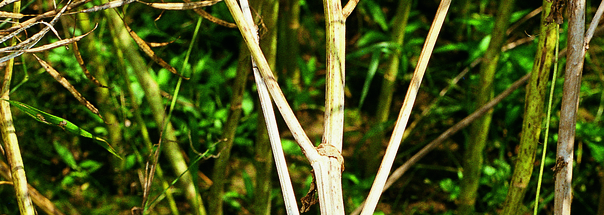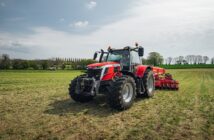Variable oilseed rape crops, in part caused by the damage from cabbage stem flea beetle attacks, could leave the crop more vulnerable to Sclerotinia infection.
The variability in growth stages could extend flowering meaning a longer risk period for growers to protect these crops for. In addition, the warmer weather experienced so far this spring, potentially could also increase the amount of inoculum present as sclerotia germinate once soil temperatures reach 10C.
The last severe outbreaks of Sclerotiniawere in 2007 and 2008, but localised problems occur most years so growers should take steps now to ensure they are accurately assessing risk, and taking protective action where necessary.
The three main factors to watch out for that aid Sclerotinia development:
- Flowering crops
- Presence of inoculum
- Conducive weather
Crops are most at risk of Sclerotinia infection from the onset of flowering. During flowering initial infection comes from mainly airborne ascospores landing on petals. The disease develops when petals fall and stick to leaves or stems with moisture from light rain or heavy dews.
Rotting petals provide sufficient nutrition for the fungus to penetrate the leaf cuticle resulting in pale brown or white lesions, and from there it can spread into the stem. When lesions have girdled the stem, the stems and pods beyond the lesions ripen prematurely. In lodged crops, Sclerotinia can spread rapidly by plant to plant contact.
To ensure efficient action against any development, Ella Crawford, Commercial Technical Manager at Bayer, advises spraying from early to mid-flowering before any significant petal fall. “The weather in this critical flowering period will set the risk for Sclerotinia development,” she says.
“A minimum temperature of 7ºC and relative humidity of 80% or above for more than 23 hours is required for infection to occur.”
Applications though have to be preventative, as fungicides have no curative activity against Sclerotinia, Faye Ritchie, Principal Plant Pathologist at ADAS, says. “Petals act as a nutrient source and also transfer spores down into the canopy, which is why fungicides need to be applied prior to petal fall and before any spores are present in the canopy, to be effective.”
Sclerotinia fungicides applied at the full recommended label rate will give approximately three weeks protection, Dr Ritchie says. “To get the most from a one spray approach to control this disease, it’s best to apply fungicide as close to mid-flowering as possible – this will protect the crop as more petals fall into the canopy.”
But growers are advised to consider a two-spray approach at high risk sites, where there is a history of severe Sclerotinia on farm, and/or the duration of flowering is extended, which could well be the case in crops affected by cabbage stem flea beetle damage. The first spray can be applied prior to mid-flowering, with a follow up application no more than three weeks after that first application for continued protection.
Ms Crawford suggests, “A 75% dose of Proline (prothioconazole) will provide effective protection for the first spray and can be followed up with another 50% dose three weeks later where needed. Proline is also a useful choice of first spray as it has the added benefit of a light leaf spot top up at flowering”
It is also important to consider anti-resistance measures – accurate timing, robust rates and utilising different modes of action as well as taking advantage of tools such as the AHDB Sclerotinia risk report will all aid in protecting the chemistry’s future.




